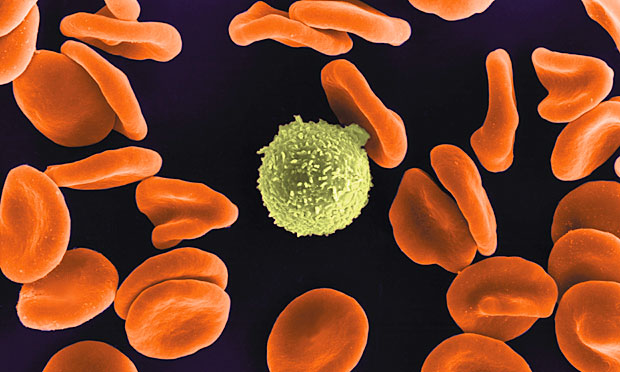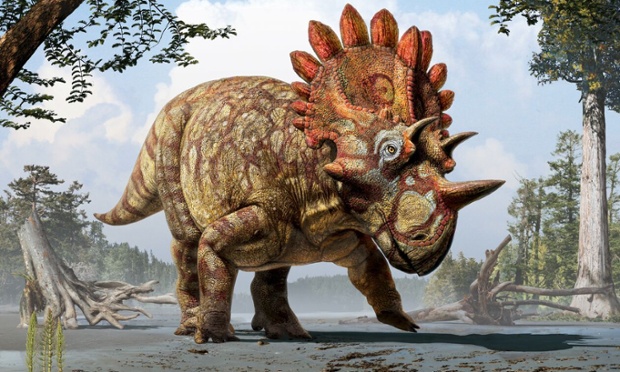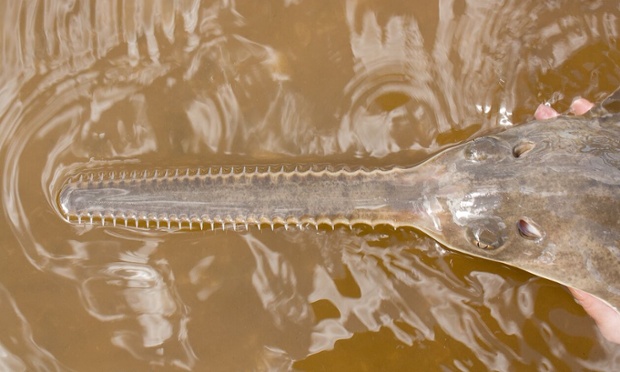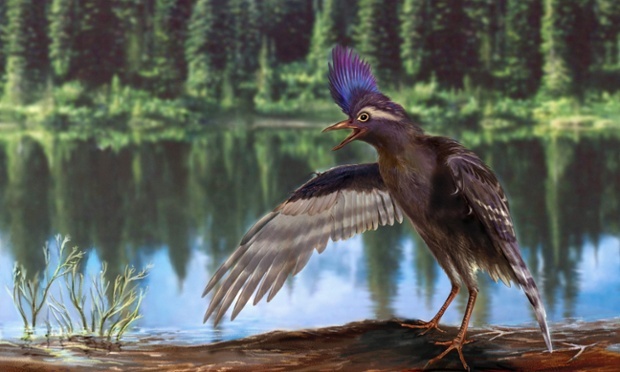The Guardian
-

Building bigger brains
A new study uncovers the role of a single gene that can control brain size and intelligence — of zebrafish and guppies
-

Sexism in science: did Watson and Crick really steal Rosalind Franklin’s data?
The race to uncover the structure of DNA reveals fascinating insights into how Franklin’s data was key to the double helix model, but the ‘stealing’ myth stems from Watson’s memoir […]
-

Scientists film death of white blood cell for first time and discover alert system
Australian and US scientists capture on video each stage of death of a human white blood cell, revealing the dying cells apparently try to alert their neighbours
-

New species of dinosaur, the regaliceratops, discovered in Canada
Nicknamed Hellboy, the dinosaur had short horns over the eyes and a long nose horn, the opposite of the features sported by its close relative triceratops
-

Sawfish escape extinction through ‘virgin births’, scientists discover
A routine DNA study has revealed surprising results which suggest that female sawfish in Florida are reproducing without mating with males
-

Google a step closer to developing machines with human-like intelligence
Computers will have developed “common sense” within a decade and we could be counting them among our friends not long afterwards, one of the world’s leading AI scientists has predicted.
-

Early men and women were equal, say scientists
Our prehistoric forebears are often portrayed as spear-wielding savages, but the earliest human societies are likely to have been founded on enlightened egalitarian principles, according to scientists.
-

Antibiotic-resistant typhoid spreading in silent epidemic, says study
Landmark genetic study of typhoid has revealed a multidrug-resistant strain sweeping across Asia and Africa, killing 200,000 people a year
-

Remains of oldest known relative of modern birds discovered in China
Researchers have stumbled upon the oldest known ancestor of all modern birds after breaking open a lump of ancient rock near a town in north-eastern China.
